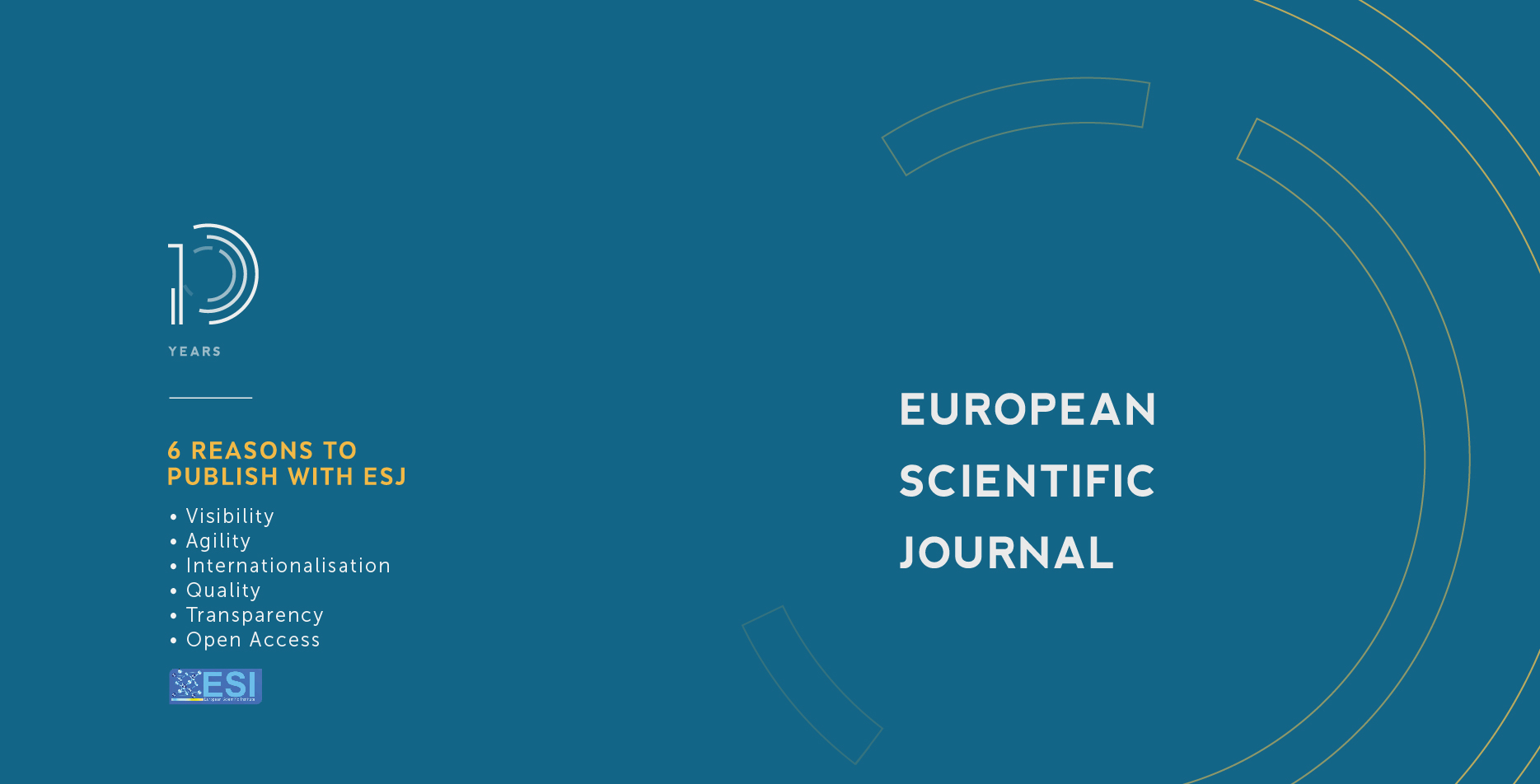Influence of Labour Migration on the Rate of Youth Unemployment within the European Union: A Study Review
Abstract
The European Union has been working on migration issues for several years now and several policies and structures have been developed to better manage processes connected to migration. Legal labour migration remains one of the challenges and is still a very fragmented and limited process. For some specific categories, legal labour migration is much easier, for example, highly qualified workers, seasonal workers, students, researchers, etc. This paper focuses on finding the role of labour migration on unemployment. Paper analysis cases within the European Union and methodologies used are research based on primary or secondary sources (documents, literature). The methods used in this paper are mainly qualitative and include document and text analysis and some case studies. The approach does not refer to the main challenges of migration in the European Union as the labour market does not legally integrate migrants from outside Europe (for example, third-country nationals) and does not legally integrate family members of legally migrated people, asylum seekers or even students studying in the European Union member state.
Downloads
Metrics
PlumX Statistics
References
2. Ashiagbor, D. (2004). ‘The European employment strategy and the regulation of part-time work’, in S. Sciarra, P. Davies and M. freedland (eds.), Employment Policy and the regulation of Part-time work in the European Union. A Comparative Analysis, Cambridge: Cambridge University Press, pp. 35-62.
3. Avrielides, T. (2013). Review of (2012) Youth Participation in Europe by Loncle, P, Cuconato, M. Muniglia, V. and Walther, A., Bristol: Policy Press, Youth Voice Journal, ISSN 2056-2969.
4. Banerji Angana, Sergejs Saksonovs, Huidan Lin, & Rodolphe Blavy (2014). Youth Unemployment in Advanced Economies in Europe: Searching for Solutions, IMF Staff Discussion Note Nu.:14/11, International Monetary Fund, European Department and Research Department, 1-32.
5. Boeri, T. (1997). Learning from Transition Economies: Assessing labour Market Policies across Central and Eastern Europe. Journal of Comparative Economics, vol. 25, 1997, pp. 366–384.
6. Burda, M. & Wyplosz, CH. (1994). Gross Worker and Job Flows in Europe. European Economic Review, Vol. 38, No. 6, pp. 1287–1315.
7. Caporale, G.M. & Gil-Alana, L. (2014). “Youth unemployment in Europe: Persistence and macroeconomic determinants”, Comparative Economic Studies, 56(4), 581-591
8. Cseres-Gergely, ZS. & Molnár, GY. (2015). Labour market situation following exit from public works. In: Fazekas, K.–Varga, J. (eds.): The Hungarian Labour Market in 2015. IE HAS, Budapest, pp. 148–159.
9. Elmeskov, J. & Pichelmann, K. (1995). “Unemployment and Labour Force Participation – Trends and Cycles”, OECD Economics Department Working Papers, No. 130. Elsby, M. W. L., B.
10. Funck, B. & Pizzati, L. (2002). “Labour, Employment, and Social Policies in the EU Enlargement Process”, Washington, The World Bank.
11. Goetschy, J. (1999). ‘The European Employment Strategy: Genesis and Development’ European Journal of Industrial Relations, 5(2) pp. 117 – 137.
12. Hobijn & Sahin (2011). “Unemployment Dynamics in the OECD”, Tinbergen Institute Discussion Papers, No. 11-159/3.
13. ILO (2013). Global Employment Trends for Youth 2013. A Generation at Risk. Geneva: International labour Office.
14. Mare, P. & Sirovátka, T. (2005). Unemployment, Labour Marginalisation and Deprivation. Finance a úvûr – Czech Journal of Economics and Finance, vol. 55, 2005, no. 1–2, pp. 54–67.
15. O'Higgins, N. (2007). Trends in the Youth Labour Market in Developing and Transition Countries.Paper 23698.
16. O’Reilly, J., Eichhorst, W., Gábos, A., Hadjivassiliou, K., Lain, D., Leschke, J., McGuinness, S., Mýtna Kureková, L., Nazio, T., Ortlieb, R., Russell, H. & Villa, P. (2015). Five characteristics of youth unemployment in Europe: Flexibility, education, migration, family legacies, and EU policy. Sage Open, 5(1), 1-19.
17. Trubek, D.M. & Mosher, J.S. (2003). ‘New Governance, Employment Policy, and the European Social Model’, in J. Zeitlin and D.M. Trubek (eds.), Governing Work and Welfare in a New Economy. European and American Experiments. Oxford: Oxford University Press, pp. 33-58.
18. Velluti, S. (2010) New Governance and the European Employment Strategy. London: Routledge.
19. Zeitlin (2009). ‘The Open Method of Coordination and reform of national social and employment policies: influences, mechanisms, effects’, in M. Heidenreich and J. Zeitlin (eds.), Changing European Employment and Welfare Regimes. London: Routledge, pp.214-245.
Copyright (c) 2022 Pkhakadze Tamar

This work is licensed under a Creative Commons Attribution-NonCommercial-NoDerivatives 4.0 International License.








